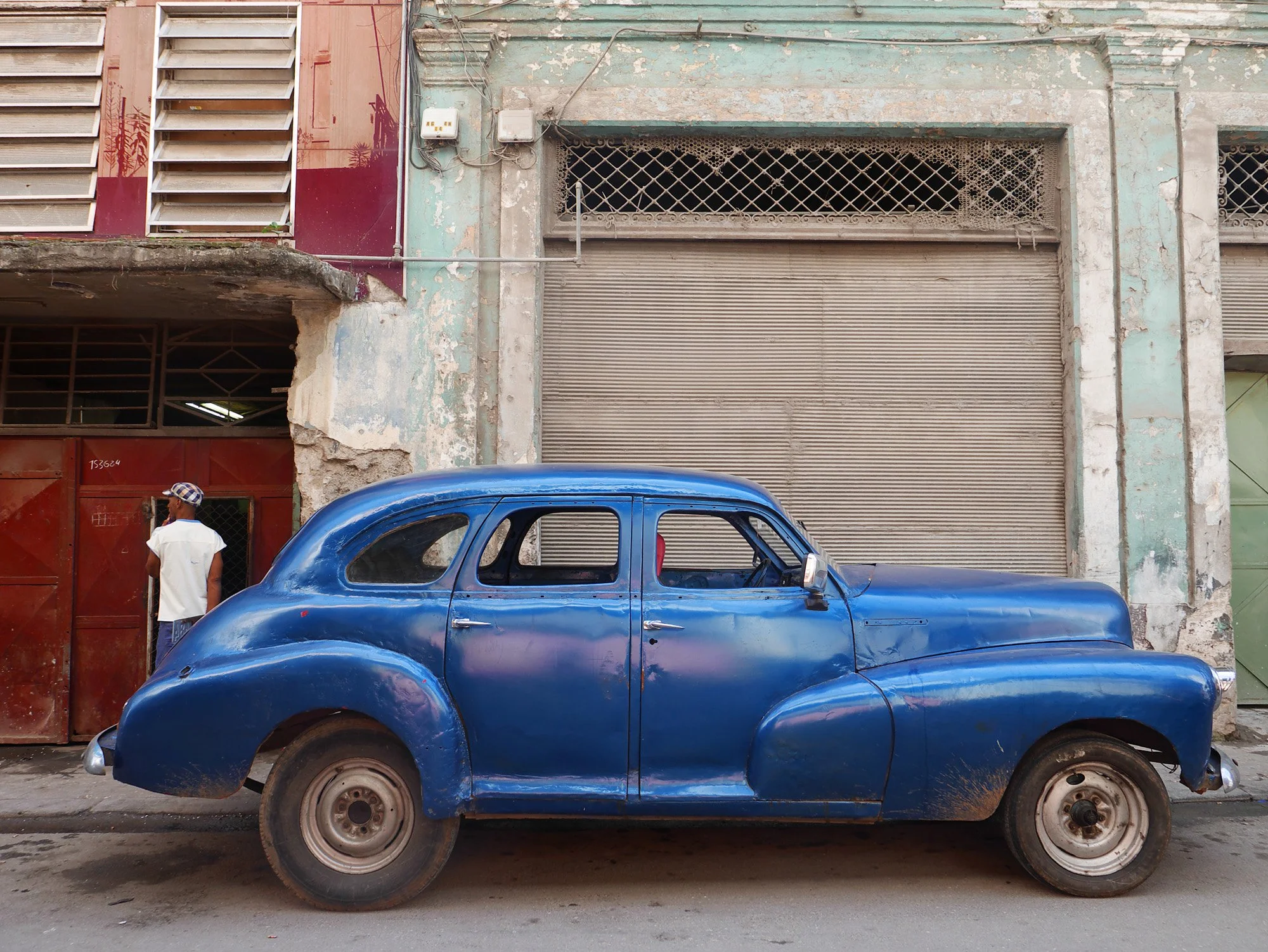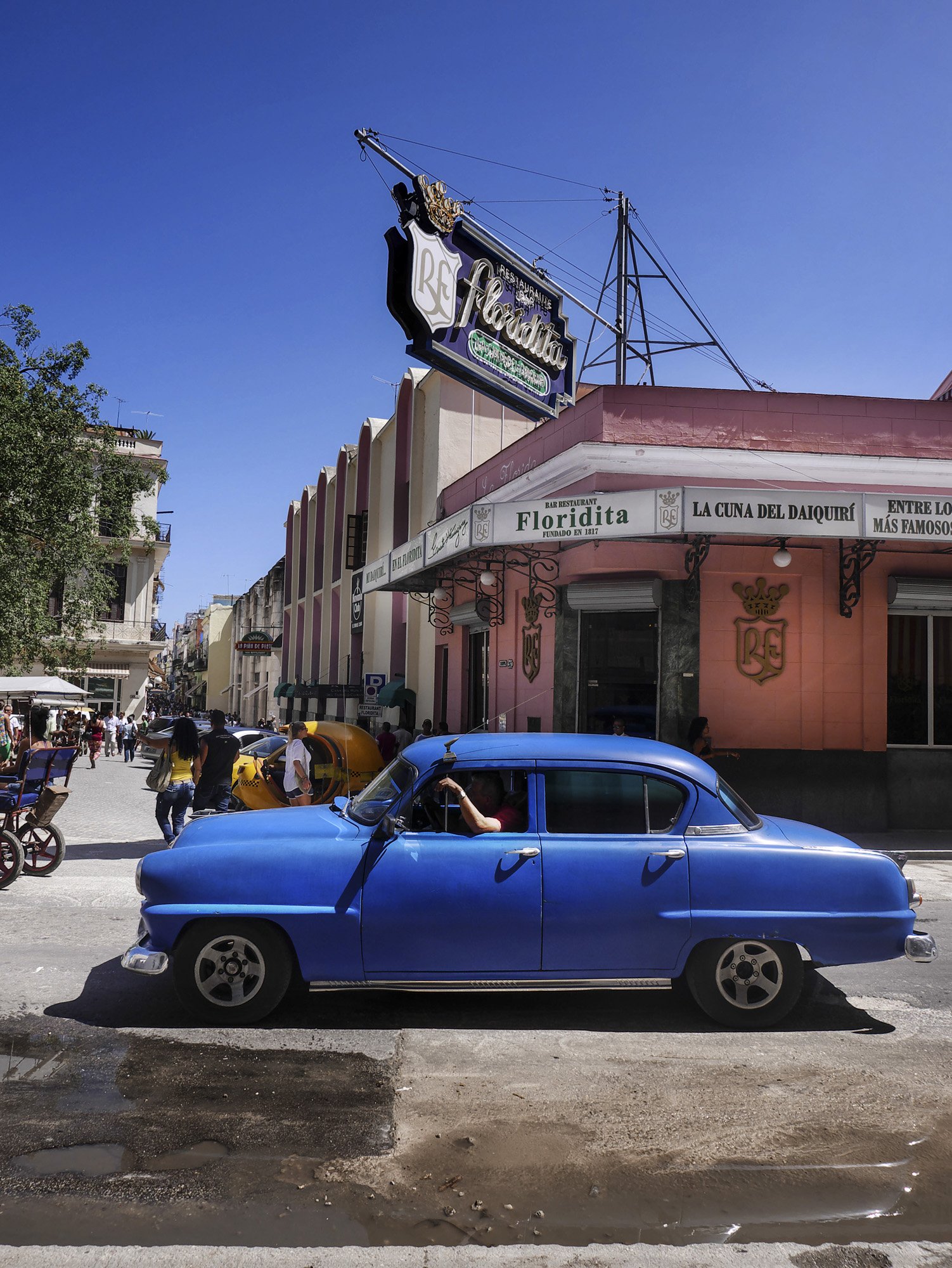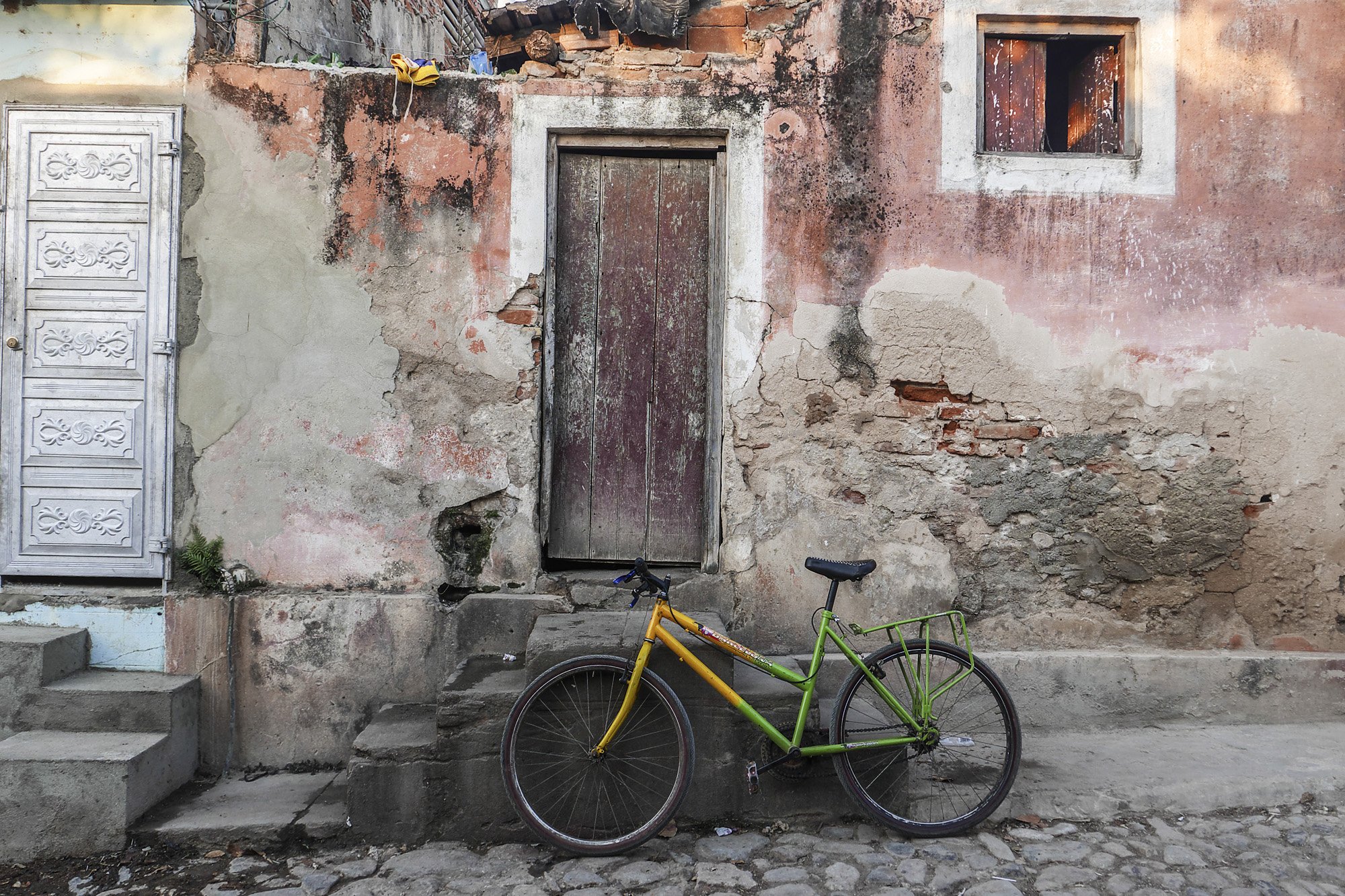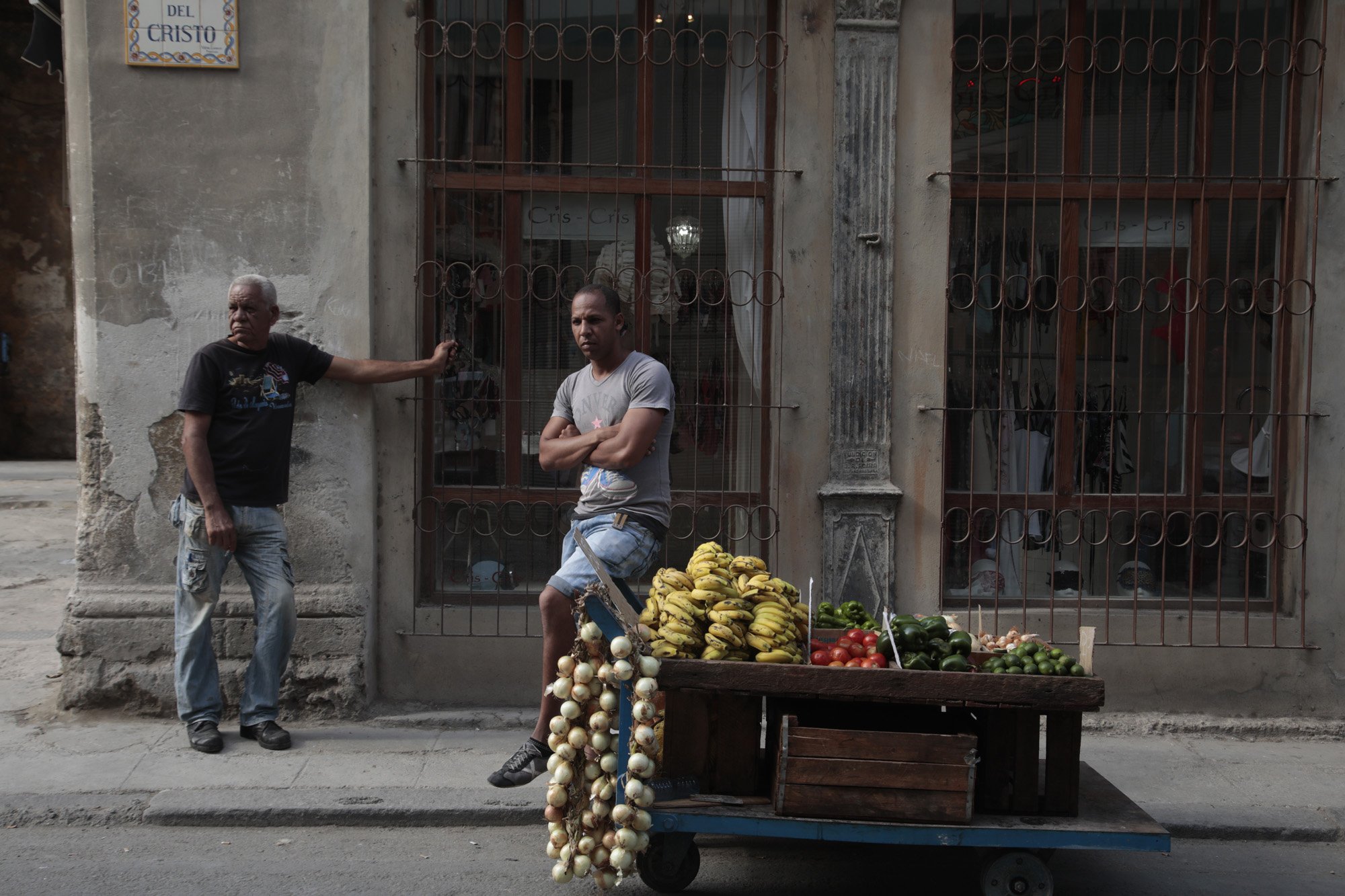In Key West, Florida, where I was born, I remember an arrow on the beach that read Havana, Cuba: 90 miles. They say that the eye can see for eighty miles on a clear day given enough vantage, but as a child, Havana lived just outside of my sightline.
My father was stationed off the Cuban coast during his time in the Navy, on an aircraft carrier in the middle of the Cuban Missile Crisis, and yet for the first 65 years of my life, I still had not seen the Latin American Island.
So as soon as President Obama announced on Dec 16, 2014 that the travel restrictions for Americans would be lifted to Cuba, I immediately started to look for available flights to Havana.
I found one from Montreal direct to Cuba, but decided on Grand Cayman Island as my transfer point. I couldn’t wait.
Cuba was the forbidden country that Americans were not allowed to visit. Only a year ago I tried to get permission from the Treasury Department to travel to Cuba but was rejected, citing that I hadn’t listed an exact-enough itinerary of my planned stay in Havana.
Adding to my intrigue with the island nation, my best friend from college, Raul Rubiera, is Cuban, and his family, like many, was forced to leave Cuba in 1959 when Fidel Castro nationalized ownership of all properties. Sitting up late at night in our dorm rooms, I got to hear many stories of Cuba from Raul.
He told me about the beauty and undisturbed nature of the country; about how one positive aspect of the embargo of fifty-five years has been the preservation of the environment. Cuba became an environmentalists’ marvel because of the lack of industrialization and thereby the lack of large-scale pollution. Today it is one of the best kept secrets for bird watchers, scuba divers, and naturalists. The Coral reefs are pretty much untouched from pollutant destruction, and the Caribbean nation has provided a safe haven for many species of birds.
Cuba Today
From an assignment for Hudson Valley Magazine





































